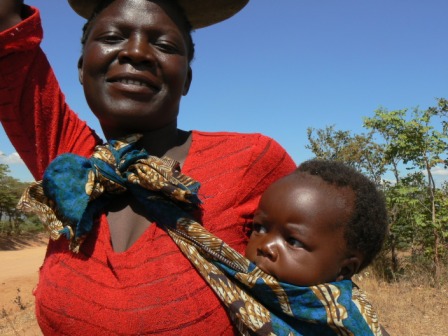 TB remains a leading cause of death among women, with more than 510,000 women dying of the disease in 2013.
TB remains a leading cause of death among women, with more than 510,000 women dying of the disease in 2013.
Women of reproductive age are more likely to develop active TB if they encounter TB bacteria, yet they are less likely to seek help for TB symptoms than men. This has an impact not just on their own health, but on the welfare of their family – particularly their children.
Global efforts to address TB must take account of factors specific to women, including the below:
Language and literacy
Women are less likely to be literate than men – or to learn the language of the host community if they live away from their place of birth. So they are less able to seek help, or to understand printed medical information.
Family responsibilities
Women wait up to twice as long to seek treatment as men experiencing the same symptoms. This may be because they have to stay at home looking after children, or are reluctant to use scarce family resources.
 Confidentiality
Confidentiality
Women may need a chaperone when going to an appointment or may have to explain where they are going. So the stigma around TB can make them reluctant to seek help.
HIV
The majority of new HIV infections worldwide are occurring in women, increasing their vulnerability to TB.
Pregnancy and childbirth
While TB treatment is safe during pregnancy, maternal TB infection has been linked to complications such as premature birth, low birth weight and increased side-effects from TB treatment. TB is a leading infectious cause of death during pregnancy and delivery, especially among women living with HIV.
